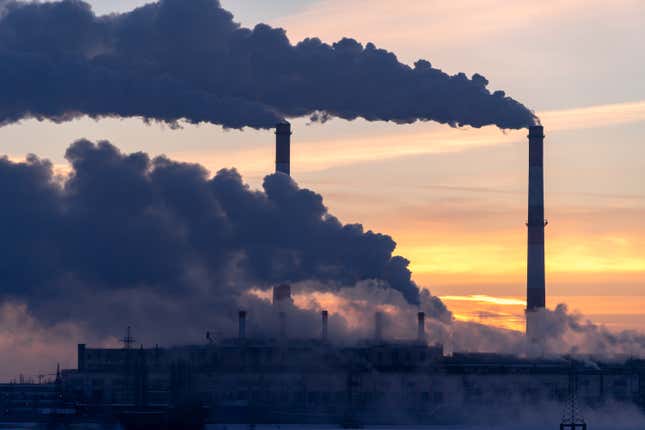
A new study from Nature Communications found that people in minority communities are breathing in higher levels of dangerous toxins, said a report from ABC News. Though air pollution is a nationwide issue, communities of color are subjected to higher concentrations of chemicals from metals.
The side of town I grew up in was known as “cancer alley” back in the day. On the other side of the train tracks was where the white people lived. On my side was where the Black people lived - less than five miles from a factory plant. I used to drive by the gated area looking at the puffs of smoke leave the tall cylinders thinking they were making clouds. I realized when I was older, toxins were being pumped into the air.
Researchers found that racially segregated areas like the one where I grew up were exposed to concentrations of total fine particulate metals. The report says the metals are known carcinogens such as lead, nickel and chromium that affect both the environment and the health of people breathing in those chemicals. Also, concentrations of metals from anthropogenic sources (or pollutants caused by human activity) are ten times higher in these areas.
“Often when areas are building a road or a factory, it goes into a certain part of the city. Putting in that factory or that highway often ends up in areas that are more racially segregated and in the communities of color,” said John Kodros, research scientist at Colorado State University, via ABC.
Read more about the study from ABC News:
The researchers found evidence that disproportionate exposure could be reduced through regulatory action, including recent regulations on marine oil that have reduced concentrations of vanadium and lessened the pollution risk faced by racially segregated communities
The scientists hope the research helps to inform regulations to reduce air pollution exposure. Policymakers also need to consider targeted regulations to reduce emissions through a lens of environmental justice, as opposed to just trying to reduce emissions everywhere, Kodros said.
“We need to really think about reducing emissions in communities that are not often well representative at the table,” he said.
Let’s think about the bigger implications of this. Systemic racism is the root cause of the health inequities Black people face. While also being subjected to harmful air pollutants, our health is further put in jeopardy.
According to a study by the Harvard T.H. Chan School of Public Health, racial minorities in the US are at a higher risk of premature death due to high concentrations of air pollutants. The American Lung Association also found poor air quality worsened asthma in these predominantly of-color areas.
The issue is so prominent, even Apple made it so you can see the air quality in your area on the weather app. However, environmental justice isn’t just about the air, as we’ve seen in the Mississippi water crisis. Our community deserves a better quality of life beginning with the basic necessities of clean water and air.